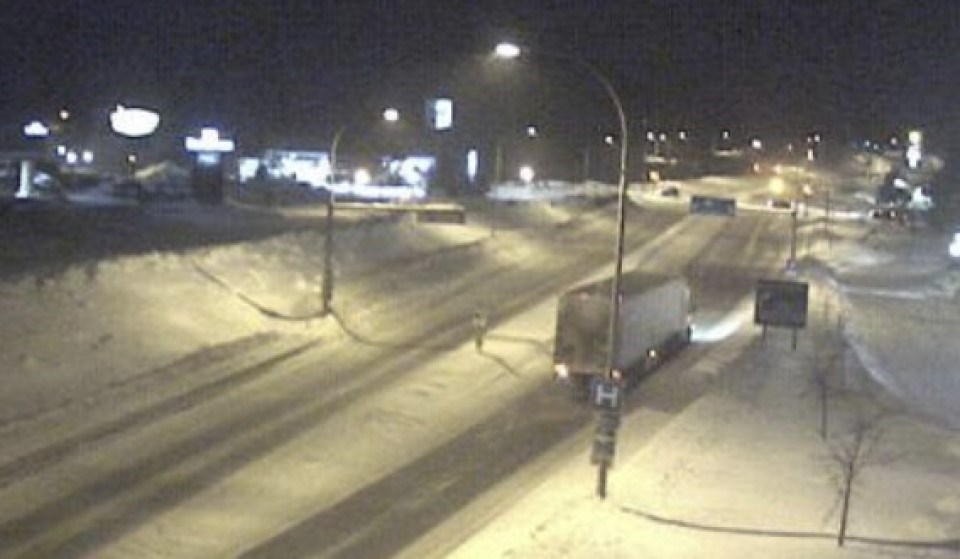The cold and snowy conditions in many parts of B.C. are expected to continue into 2022.
DriveBC is advising motorists to be prepared for winter driving conditions into the new year.
While there are currently no highway alerts from Environment Canada, weather warnings and advisories are in effect for almost every area of the province, except the Thompson-Okanagan.
Snowfall warnings were issued for Vancouver, Victoria, the Fraser Valley, Central Coast, East Vancouver Island, through the Cariboo and into the Central Interior. An extreme cold warning is in effect for Yoho and Kootenay national parks through Friday. The Arctic outflow is expected to end for the Fraser Valley Thursday but will continue for the North Coast and Central Coast until the end of December.
It's going to mean difficult driving for anyone heading home after visiting family and friends for the holidays.
Snow will fall on Highway 3, on Highway 1 through the Rogers Pass and on the Okanagan Connector into Thursday afternoon.
So, how are road maintenance companies dealing with the snow and ice?
Along with plowing and sanding, many companies use liquid brine. Mainroad Contracting posted an article on its website this week explaining how it works.
Anti-icing brine is a mixture of crystal salt and water, or a blend of chlorides, which work better in colder temperatures.
Brine is usually applied to road surfaces before snowfall. It dries on the road and helps melt snow. The advantage of brine over applying dry salt to roadways is that salt will often blow away. it also takes granular salt longer to liquify.
Liquid anti-icing brine lowers the freeze point of water and snow and ice will keep melting when it comes in contact with the brine. It's also easier to precisely apply than granular salt.
Mainroads Contracting has been using it since 1998 and many other jurisdictions in North America also use brine solutions in different combinations.
For those travelling on B.C. highways, the province is continually enhancing its DriveBC camera network. Thirteen new webcams and 33 more views have been added since the summer.
They offer a glimpse of road conditions on areas of Vancouver Island, in northern B.C. and in the Kootenays, including cameras at the Balfour, Kootenay Bay and Needles ferry terminals.



